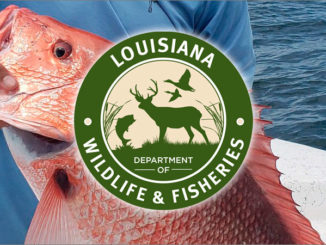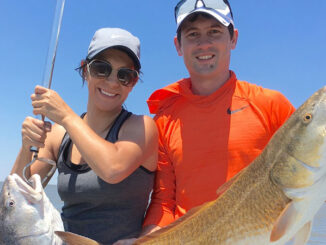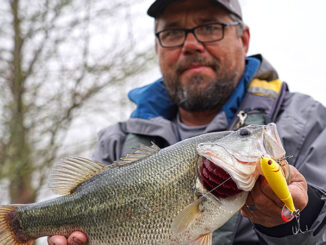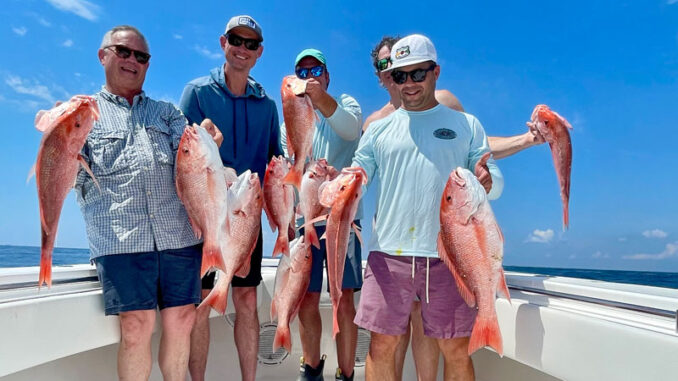
State allows for April 15 opening to start chasing popular fish
Louisiana recreational offshore fishermen will get about a six-week earlier jump on red snapper this spring. Last year, the Louisiana snapper season began on May 26, but this year, the private recreational red snapper season begins on April 15 in both state and federal waters.
The season will run seven days a week until Louisiana reaches its 934,587-pound quota.
“The change was in order to maximize opportunities for anglers and fully utilize our quota,” explained Jason Adriance, the Louisiana Department of Wildlife and Fisheries Finfish Program Manager. “This will be the earliest the red snapper season has opened since 2018. The 2024 quota is the same as the 2023 quota. We did not meet the quota in 2023 and left 56,123 pounds unharvested.”
Closer, bigger
In addition, the 2023 season began with a two-fish per person daily limit and a 16-inch minimum total length limit. In July 2023, the state increased the daily creel to four red snapper per person. This limit carries over into the 2024 season.
“April and May are much better months to fish for red snapper than June or July because snapper are in closer and much bigger,” said Damon McKnight with Super Strike Charters (985-640-0772, www.superstrikecharters.com) based at Cypress Cove Marina in Venice.
“In April, we catch big snapper in 30 to 40 feet of water. They are in closer because the water is a little cooler and the bait is there as well.”
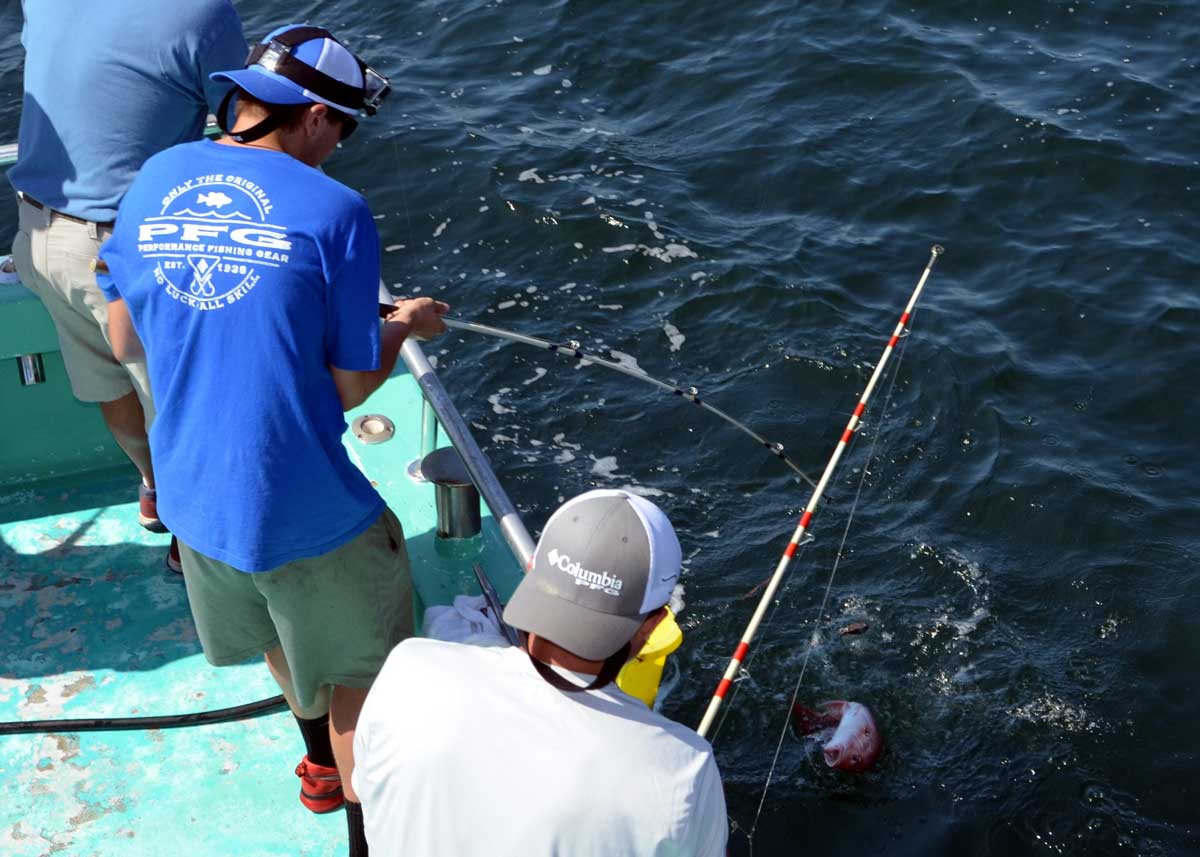
During April and May, windy conditions can churn the Gulf of Mexico waters, but anglers usually don’t need to run as far offshore to find fish. From Cypress Cove Marina to the Mississippi River mouth, boaters run 26 river miles. By using some passes, boaters can reach the gulf much quicker. When returning, boaters can avoid the powerful river current.
“Once we get to the mouth of the river, we can start catching snapper a mile from shore,” McKnight said. “Out of Red Pass, people can go a little farther west and catch snapper without having to make that full ride downriver.”
With high-tech sonar units available today, boaters can locate fish, the bottom and other submerged structures more easily. Before dropping down a line, check the electronics for fish concentrations.
“Most often, snapper will be pretty close to the bottom,” McKnight said. “At times, they’ll be hanging at different depths, but not always on structures. In April, we catch them on sand flats. Everybody can see rigs from miles away and everyone fishes them, but with electronics, we find many spots to catch snapper that few people know exist.”
Late pressure
Jamie Gaspard with Pure Adrenalin Fishing Charters (225-572-5788, www.pureadrenalinfishingcharters.com) runs out of Grand Isle or Fourchon. He usually fishes the South Timbalier and Mississippi Canyon areas in water 100 to 250 feet deep.
“As the season goes on, snapper get a lot of pressure,” Gaspard said. “From Grand Isle, we usually start fishing just south of the LOOP (Louisiana Offshore Oil Port) about 17 to 18 miles out. The water is about 120 feet deep. Sometimes, we catch snapper as shallow as 30 feet from the top. Sometimes, they come all the way to the top.”
Both charter captains use Carolina rigs. To make a Carolina rig, run the line through the weight. Attach a barrel swivel to keep the weight from sliding down to the hook. Tie a leader to the swivel and add a circle hook.
“I want to use the smallest rig I can,” Gaspard said. “I normally use about four feet of 150-pound leader with a 13/0 Mustad circle hook on 80- to 130-pound-test main line. People say, ‘big bait, big fish.’ About 99 percent of the time, that’s true. However, sometimes fish under pressure go for a smaller bait with a smaller hook and leader a little better. For big snapper, I like fresh bonito for bait. Squid and pogies also work very well. Small fish can pick the bait clean off the hook in a hurry, but squid are pretty tough and stay on the hook better.”
Besides red snapper, offshore anglers might also catch vermilion snapper, also called beeliners, mangrove snapper and many other species. For more information on fishing seasons and limits, see www.wlf.louisiana.gov/page/seasons-and-regulations.
